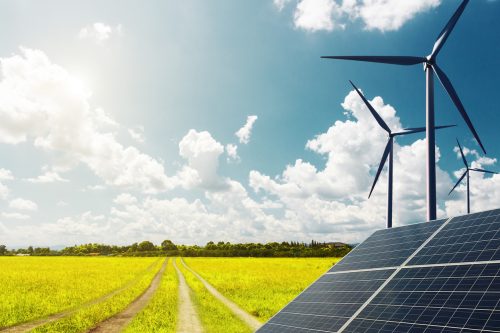
Article | 2008
Spatial and Temporal Interactions of Wind and Solar in the Next Generation Utility: Expanded Analysis
The “next generation” electric utility must incorporate variable renewable resources, including wind and solar, in much larger quantities than conventionally thought possible. While resource variability presents a challenge, it should be possible to reduce and manage that variability by geographically distributing renewables, combining them with different renewables, and having more dynamic control of electric loads. This analysis expands previous studies on reducing the variability of renewable resources through optimized geographic distribution. In this study, the period of analysis was lengthened from one year to three years, and the study area was enlarged to include all states within the Great Plains “wind belt.” Lengthening the period of analysis produced no significant difference in either power output or variability. However, enlarging the geographic area to three reliability regions (MRO, SPP, ERCOT) reduced system variability by 28% relative to the average individual region.